When I mentioned my upcoming trip to Cambodia to my local coffee roaster in San Francisco, who happens to be Cambodian, his eyes lit up with excitement: ‘You have to go to Angkor Wat! It’s so beautiful.’
Initially, Siem Reap wasn’t on my itinerary, but his enthusiasm was infectious. When in Cambodia, I might as well visit one of the great cultural wonders of the world and the most important archaeological site in Southeast Asia. And so we got up at 5 am–just like every other tourist in Siem Reap–to visit the stunning temple at sunrise. And I am so glad we did – as the sun painted the ancient temple in golden hues, I felt grateful for the recommendation and the rather spontaneous detour. It was a moment of pure beauty I’ll never forget and wouldn’t have wanted to miss.
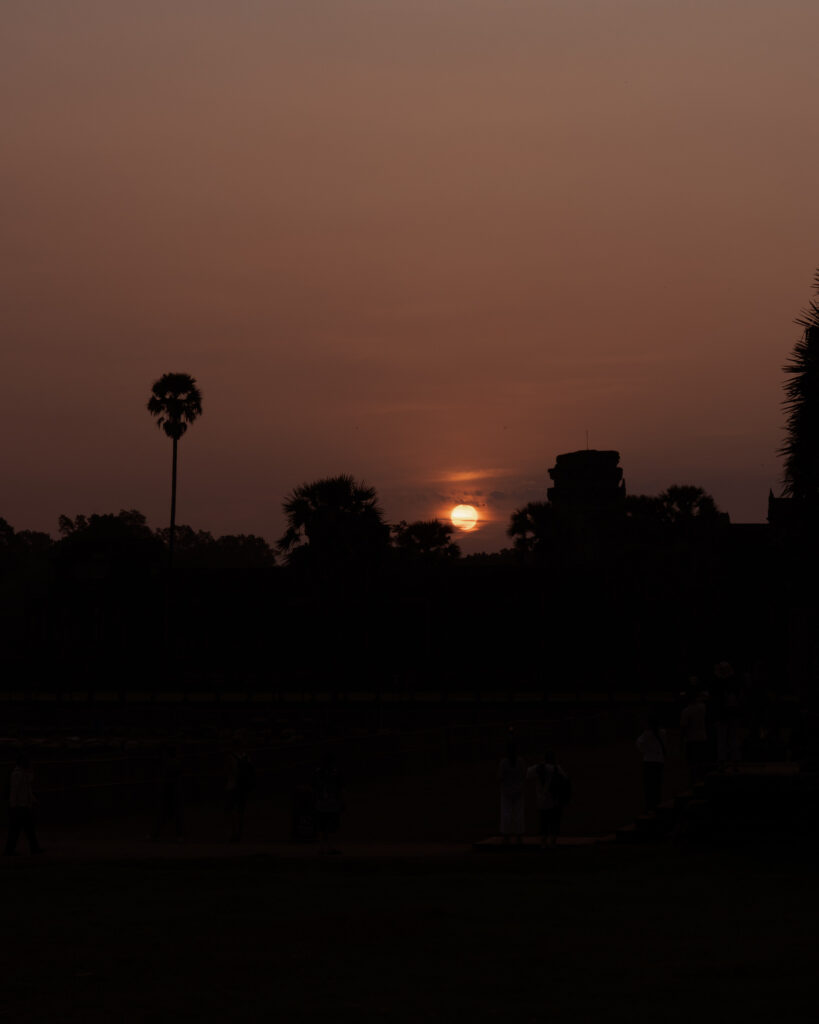
Angkor Wat
Angkor Wat, meaning “City of Temples,” is not just a single temple but an entire complex spanning over 400 acres, making it the largest religious monument in the world. Built in the early 12th century by the Khmer King Suryavarman II, it was originally dedicated to the Hindu god Vishnu but later transformed into a Buddhist temple complex.
As the first rays of dawn pierced through the darkness, illuminating the majestic silhouette of Angkor Wat, I couldn’t help but feel a sense of awe and reverence. It was a moment of pure magic, a sight that will forever be etched in my memory.
But Angkor Wat is more than just a picturesque backdrop for sunrise selfies. Its intricate bas-reliefs, depicting scenes from Hindu mythology and Khmer history, offer a glimpse into the rich cultural heritage of Cambodia. Exploring the labyrinthine corridors and hidden chambers of the temple, I was awestruck by the craftsmanship and devotion that went into its construction.
Beyond Angkor Wat lies a vast expanse of ancient ruins, including the enigmatic Bayon Temple with its towering stone faces, the jungle-clad Ta Prohm temple made famous by the movie “Tomb Raider,” and countless lesser-known temples waiting to be discovered.
Angkor Wat is not just a relic of the past – it is a living testament to Cambodia’s resilience and enduring spirit. Despite centuries of war and upheaval, it remains a symbol of national pride and identity, drawing visitors from far and wide to experience its timeless beauty.
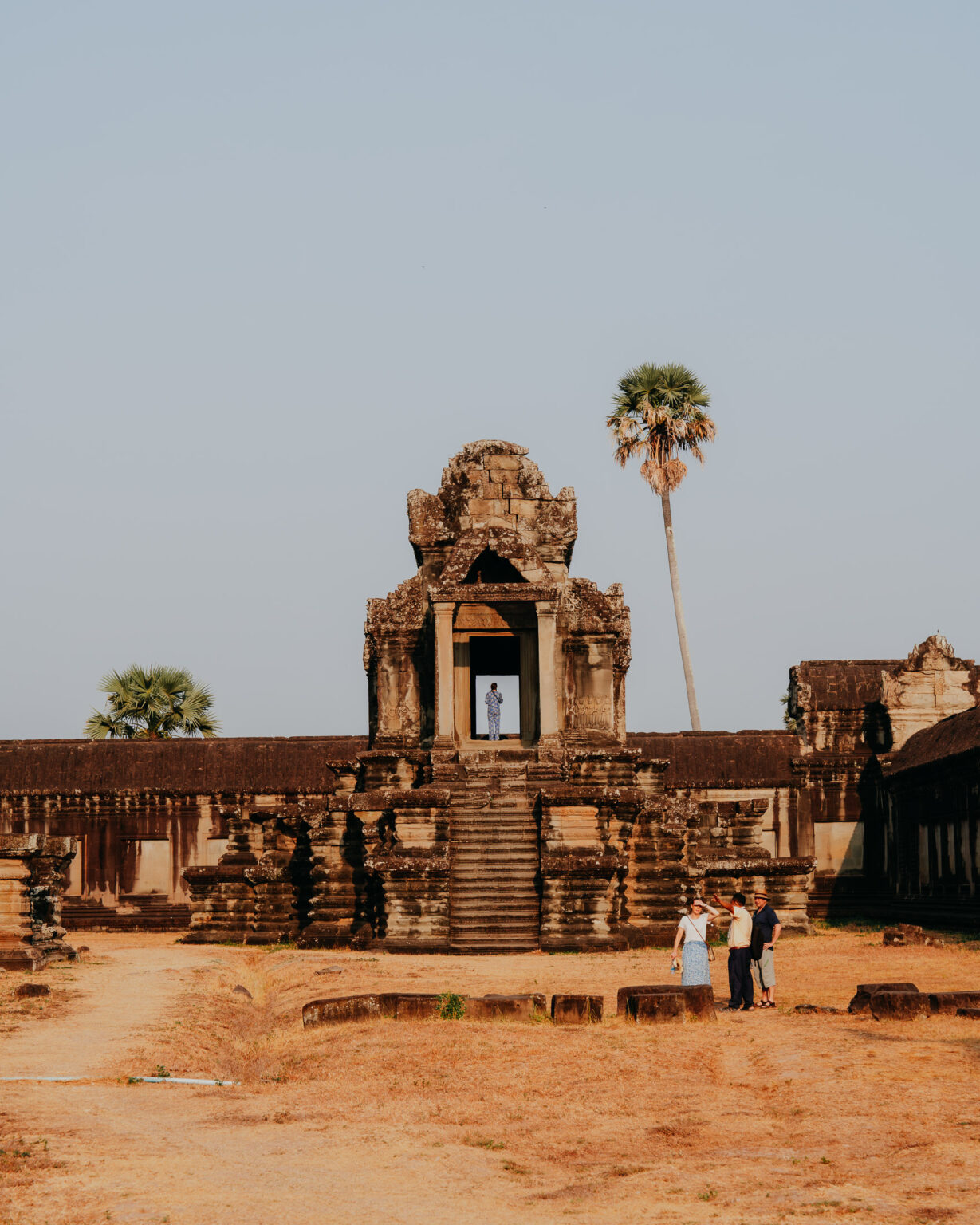
Related Posts
Back in SF – Capturing the Golden Gate Bridge at Golden Hour | Visual Diary
San Francisco is known for its picturesque landscapes, iconic landmarks, and vibrant neighborhoods. Recently, I had the pleasure of taking a stroll around the Marina District, a charming area that perfectly embodies the city's allure. With the weather on my side, I set out to capture the beauty of t
SnowSnow in May:May: Holidaying in Incline Village, Tahoe
During my recent trip to Incline Village in Lake Tahoe, I was amazed by the stunning natural beauty of the area. The crystal-clear waters of Lake Tahoe provided the perfect backdrop for a variety of outdoor activities, including hiking, kayaking, and swimming. The weather was perfect for a summer va
Finally visiting Ram’s Gate Winery
As a wine enthusiast, I'm always on the lookout for new wineries to explore, each offering a unique blend of flavors, landscapes, and experiences. Recently, I had the pleasure of visiting Ram's Gate Winery, a hidden gem in California's wine country.
Visual Diary: A walk throughthrough San Francisco’s North Beach
San Francisco, a city renowned for its diversity and distinct neighborhoods, holds within its vibrant streets a place that resonates with history, culture, and culinary delights. Nestled between Telegraph Hill and Fisherman's Wharf, North Beach is a treasure trove of experiences waiting to be uncove
Photo dump: NYE in NYC
Some photos and impressions from my latest visit to my favorite city in the world.
Sonoma Escape with girlfriends
Thrilled to share highlights of my recent Sonoma trip! Friends' birthdays called for a girls' getaway. Our visit to Scribe Winery was unforgettable. Brought my camera for stunning shots, eager to share with you today.
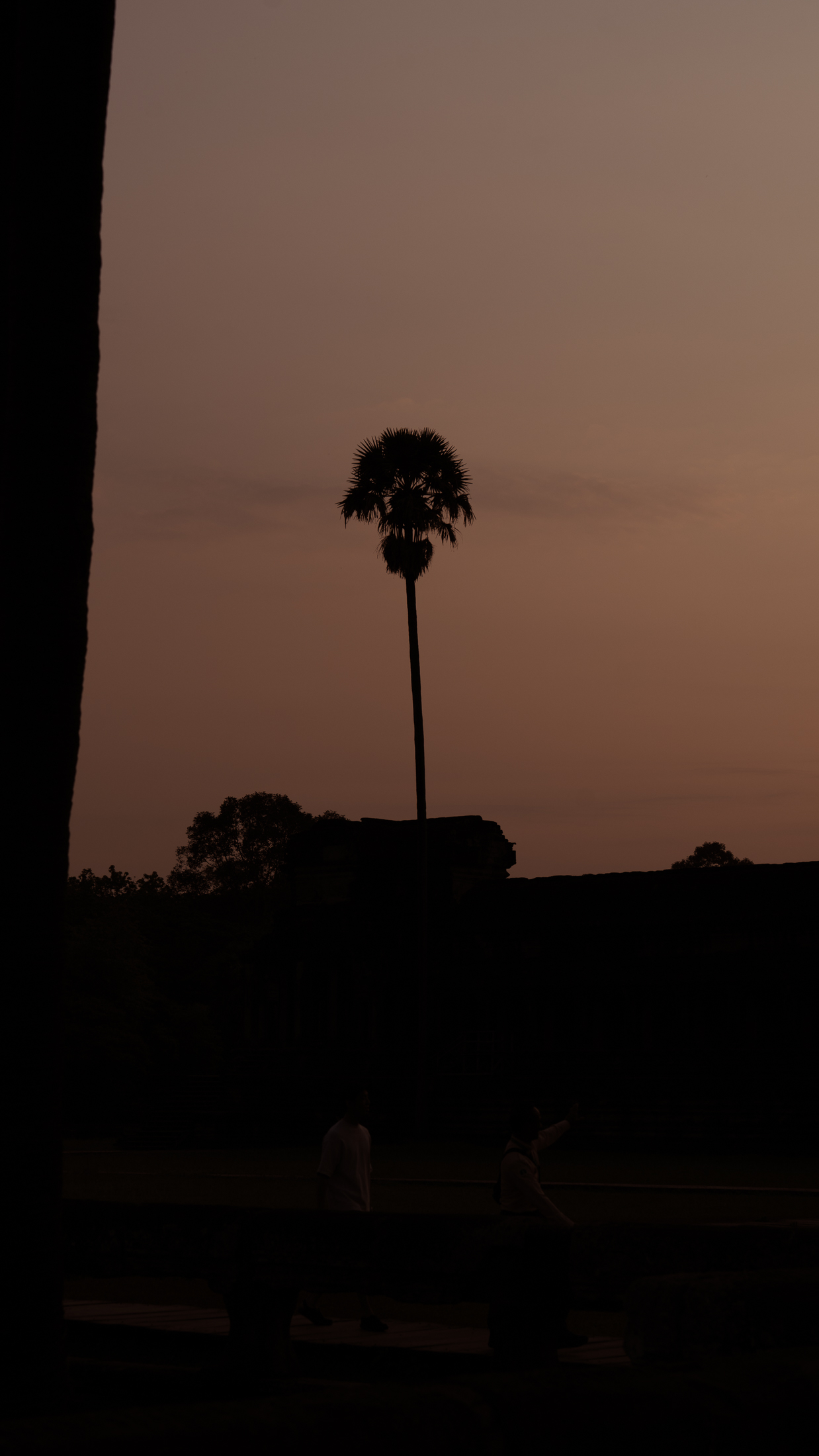

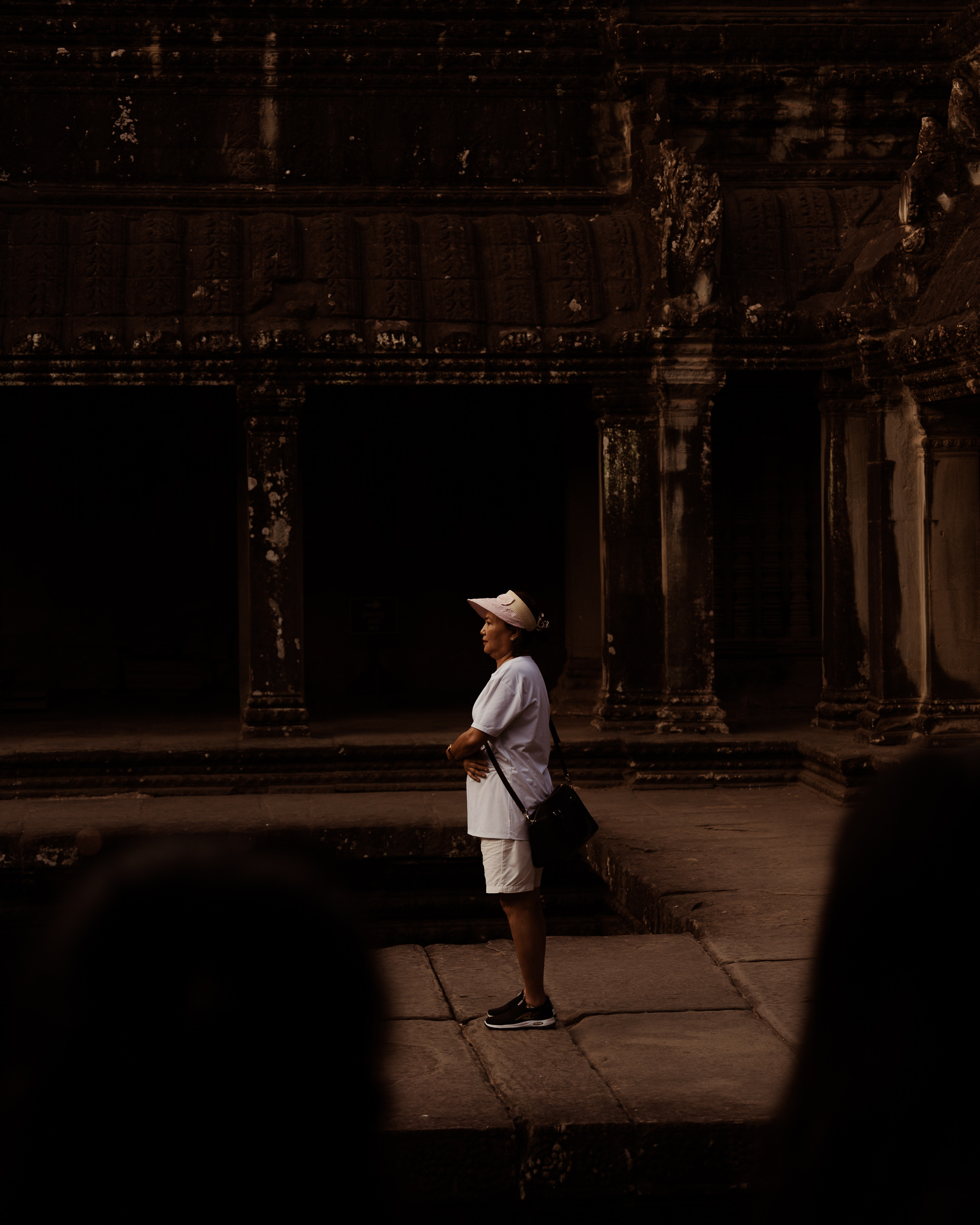
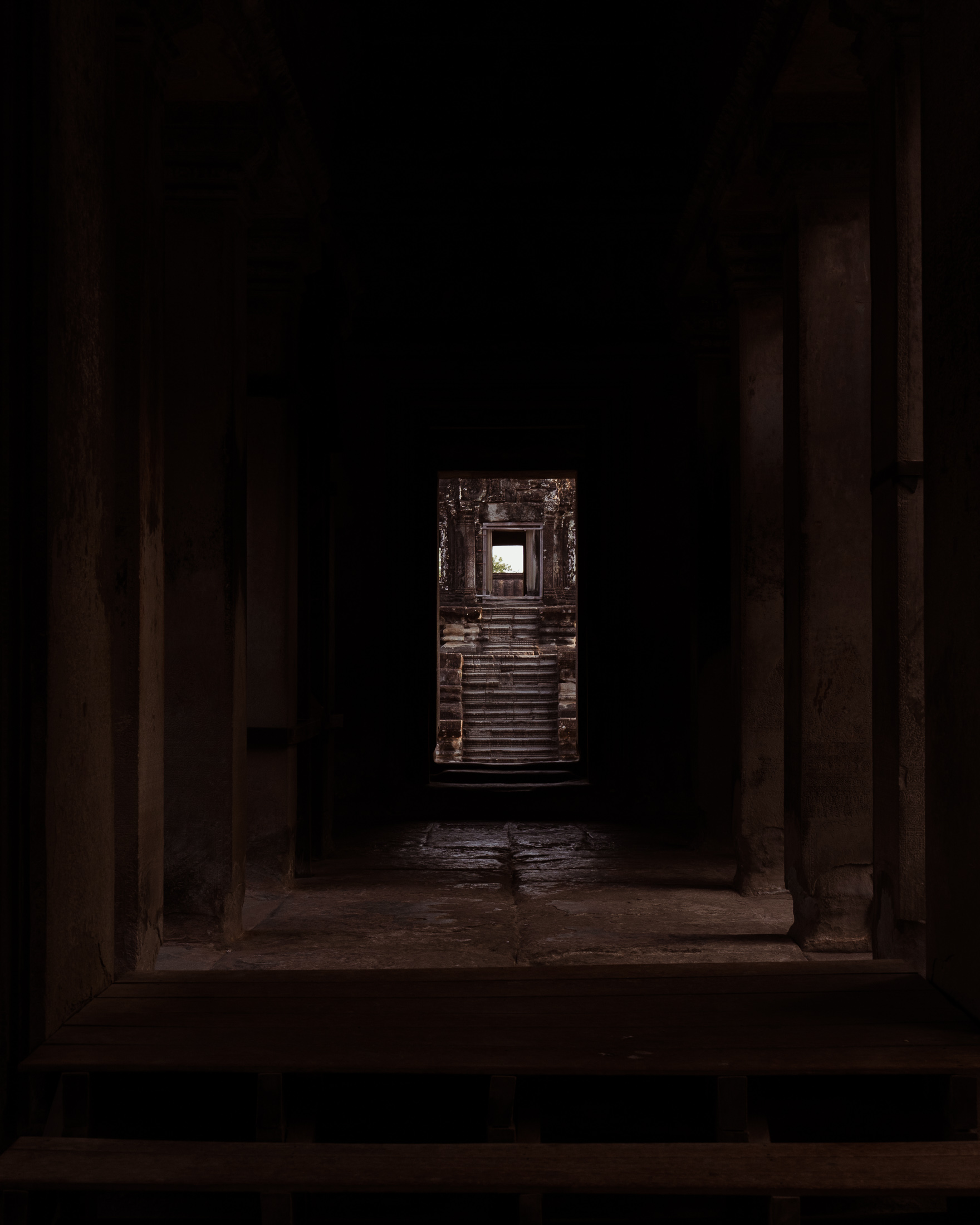
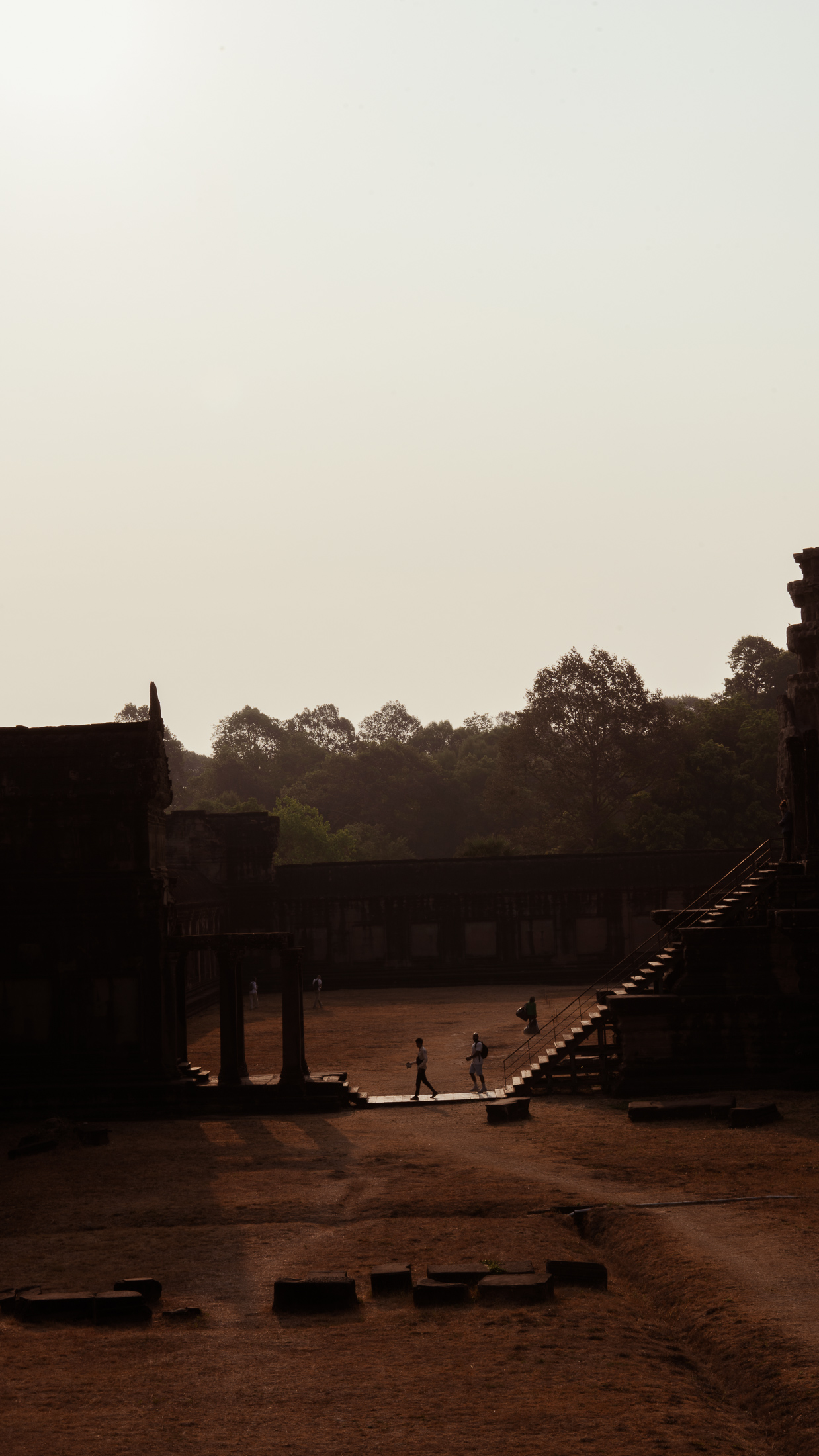
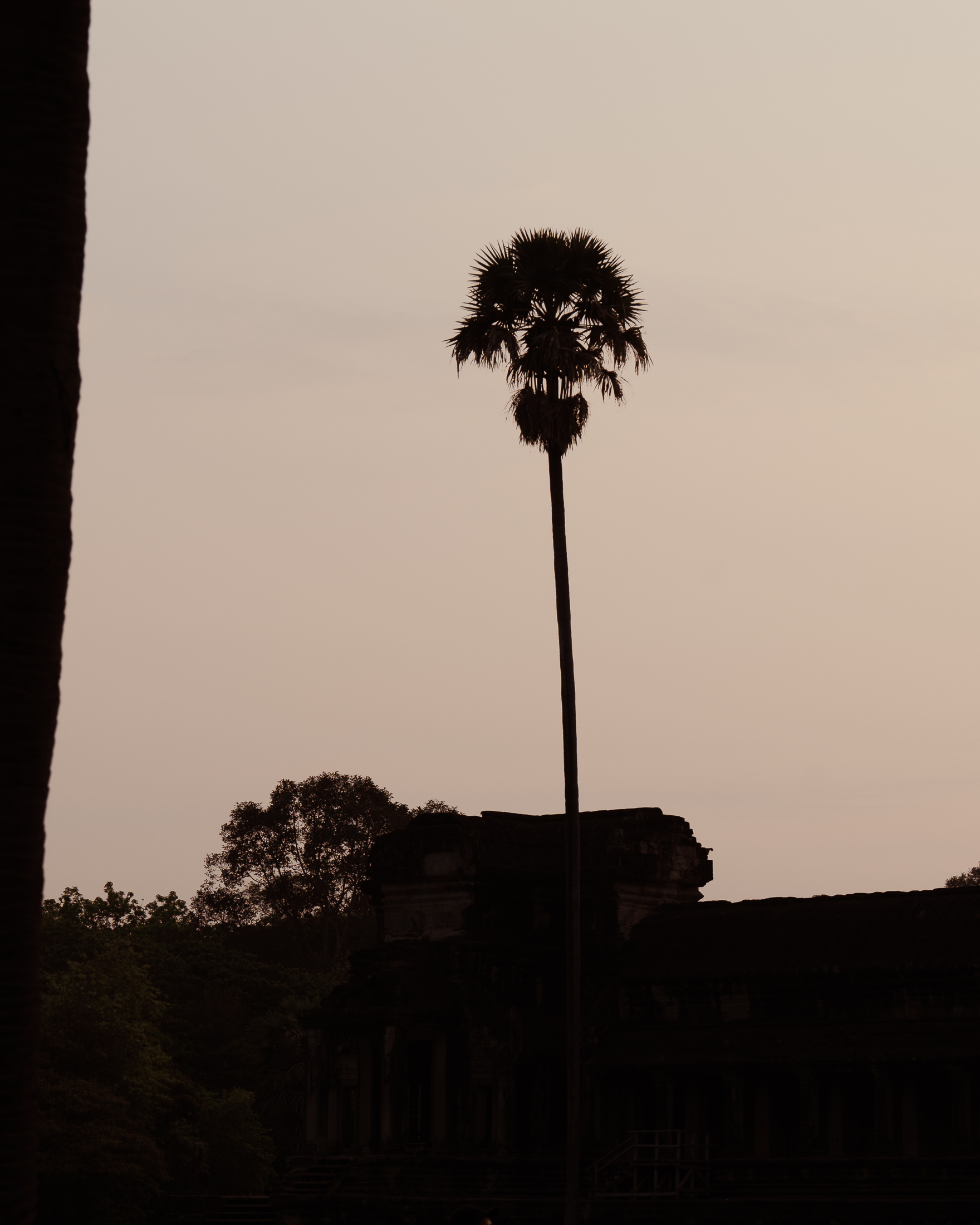

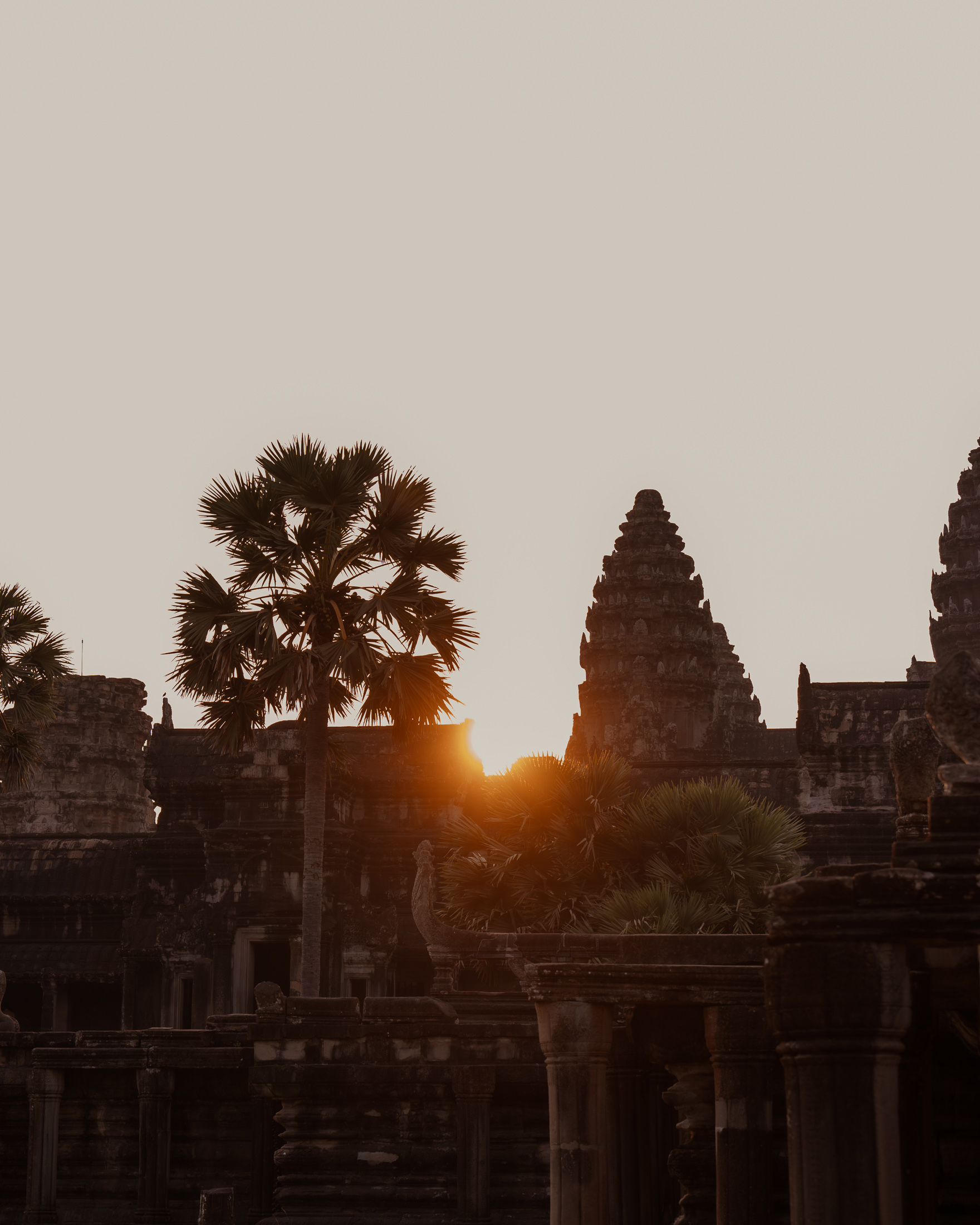
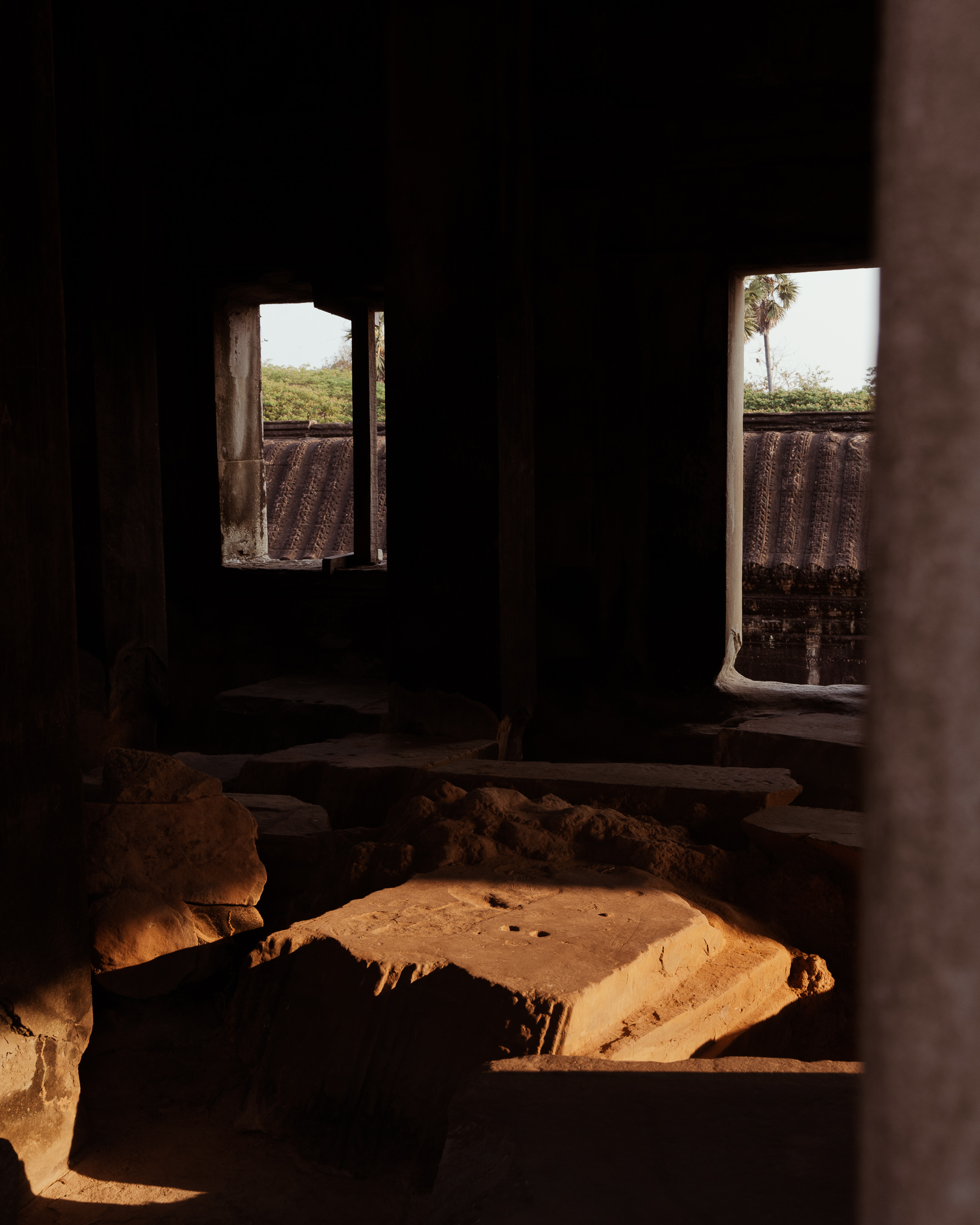
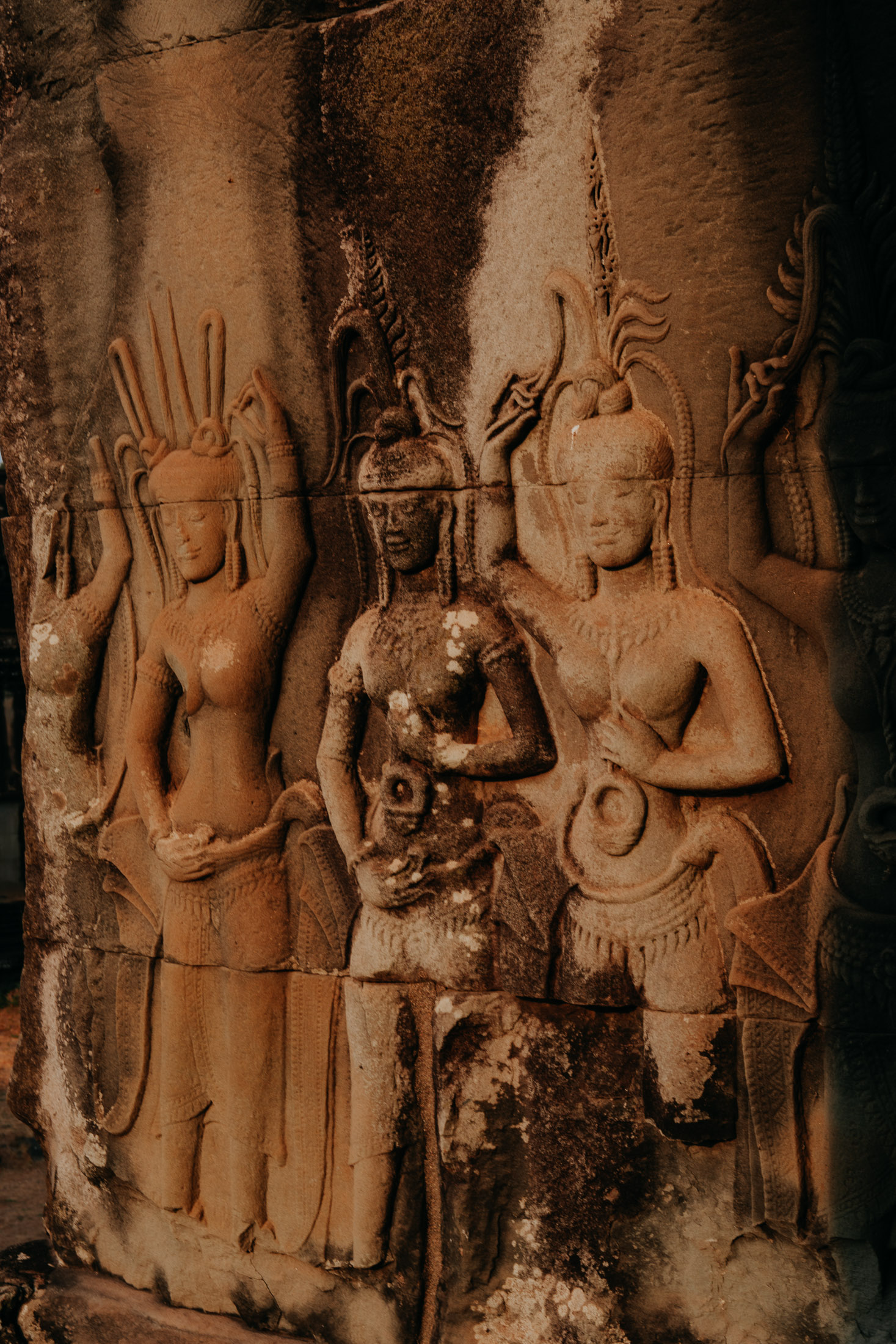
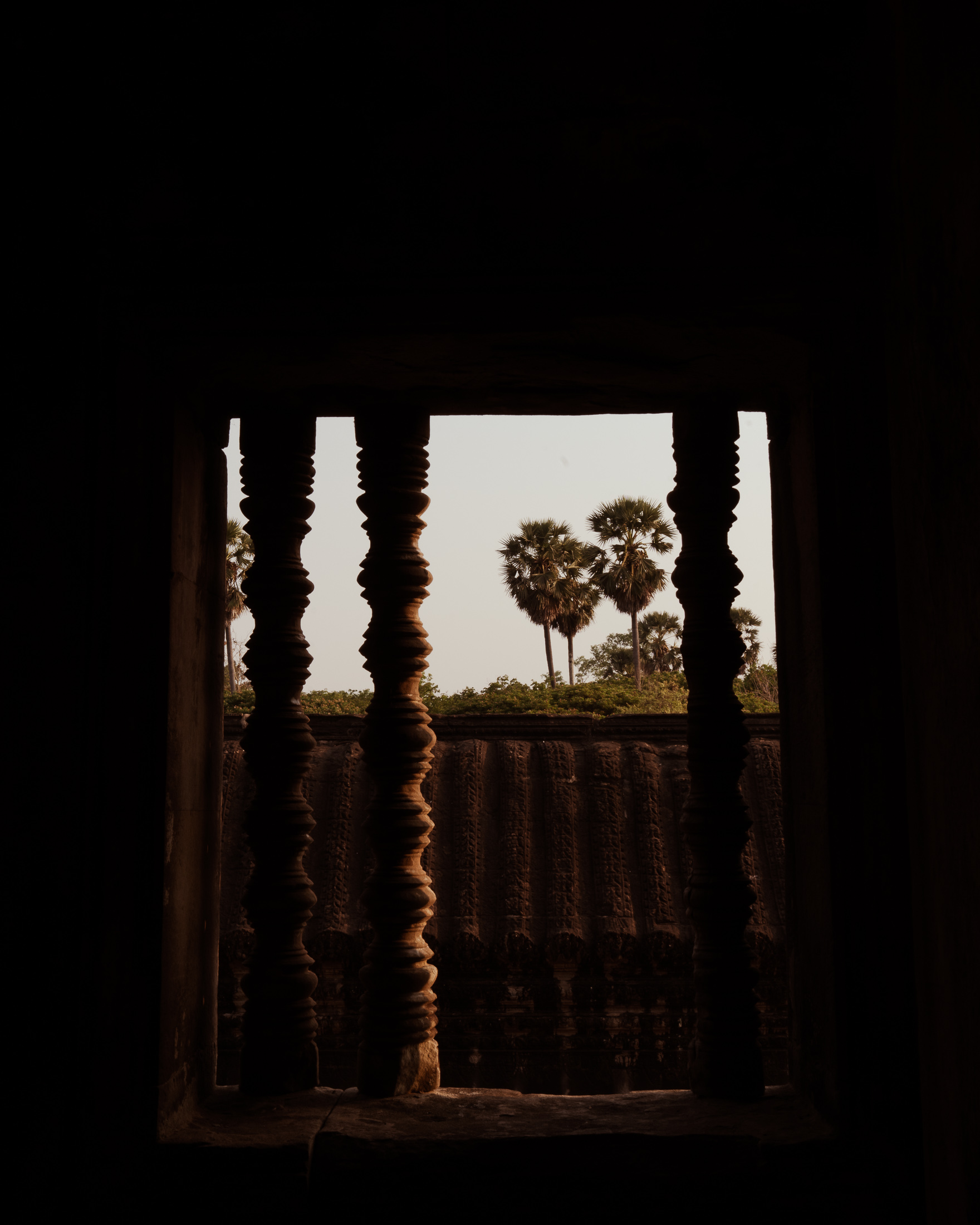
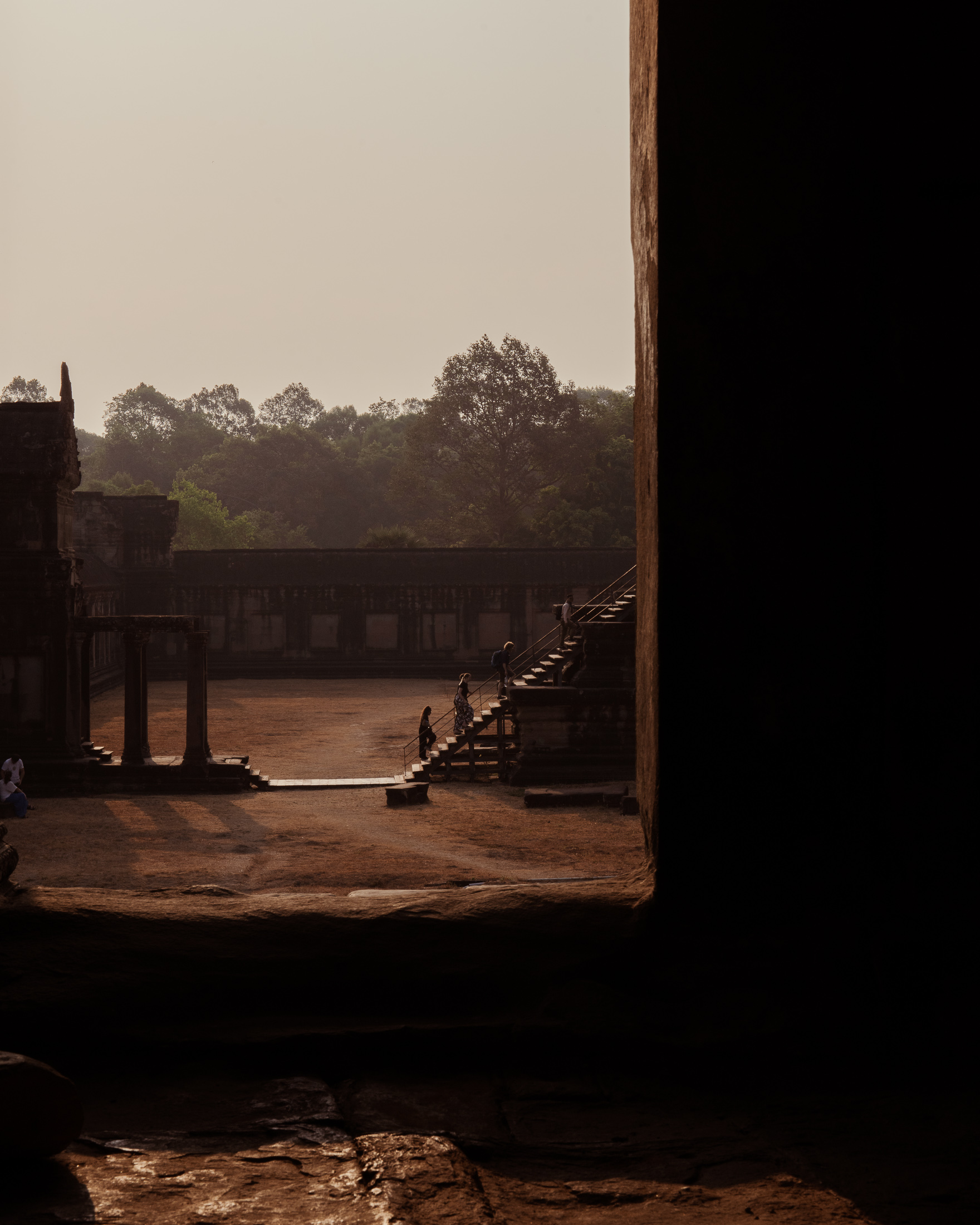
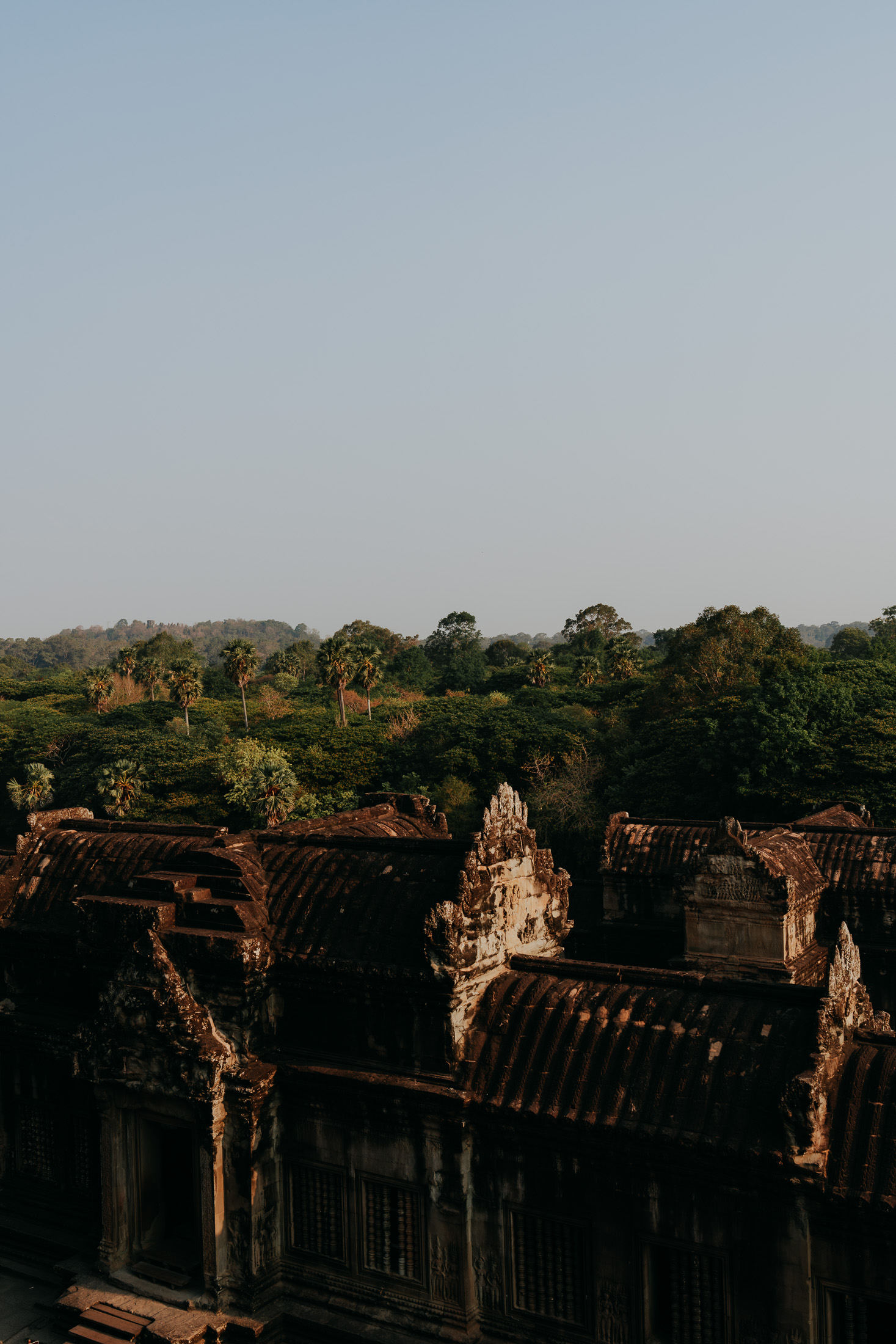
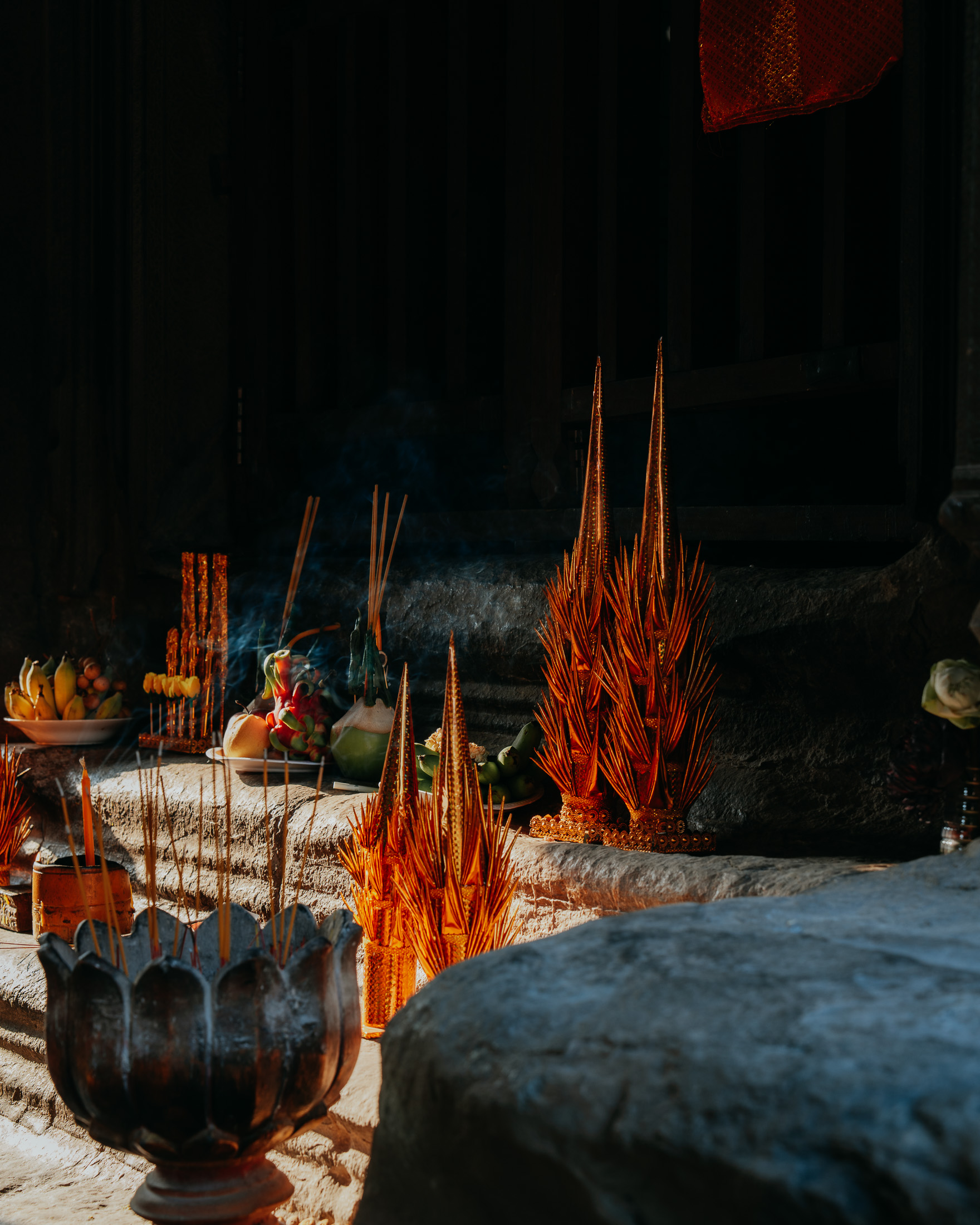
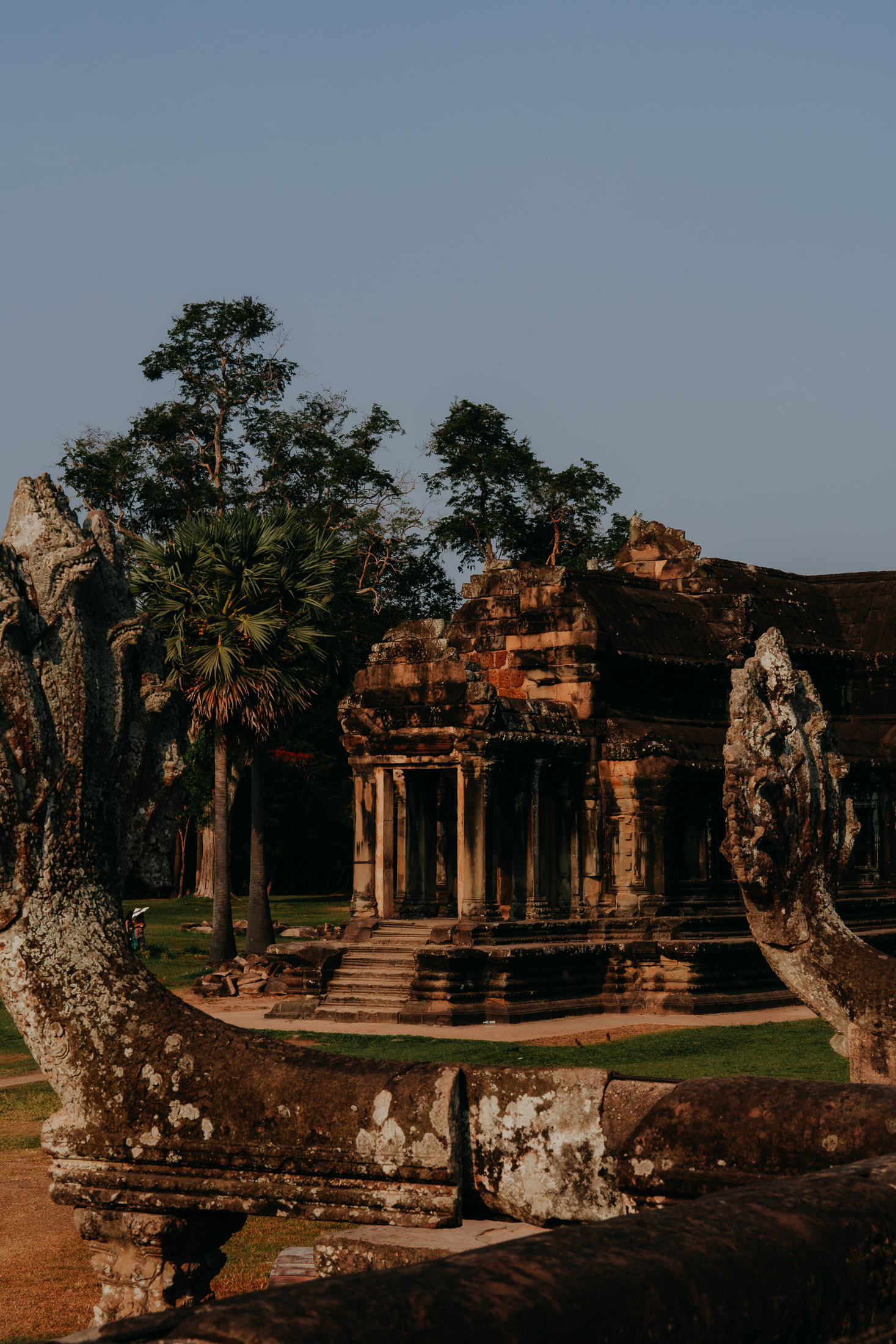
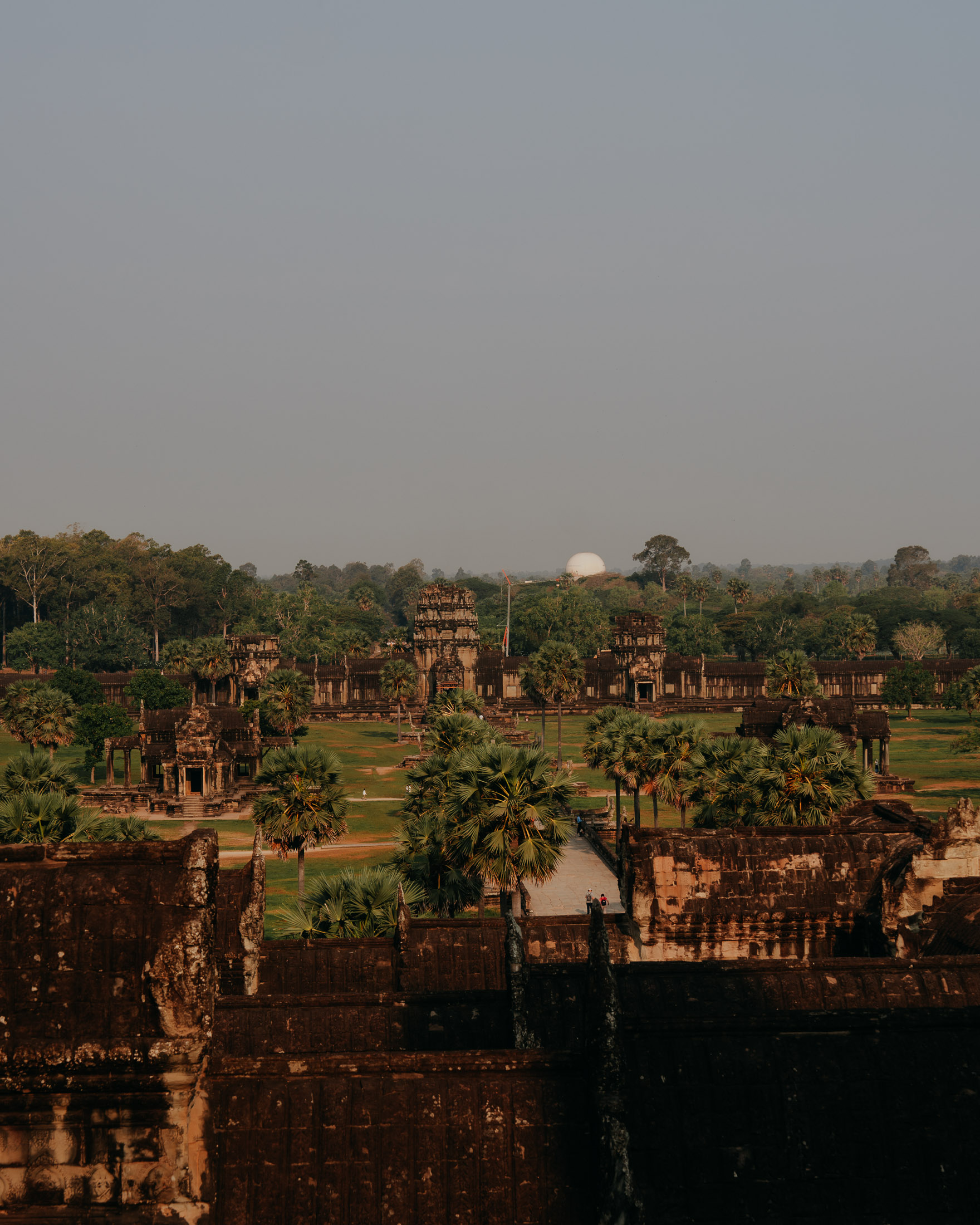
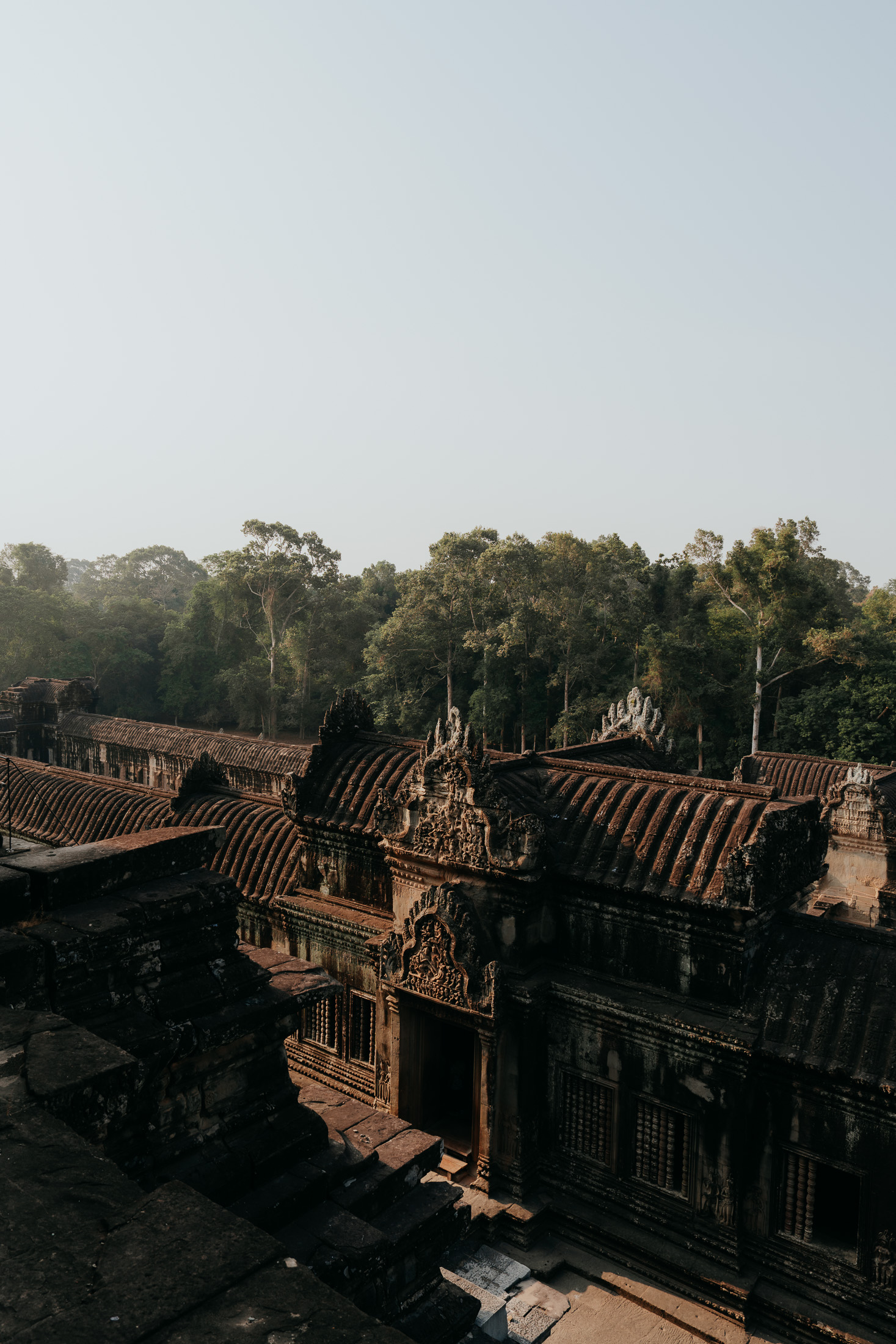
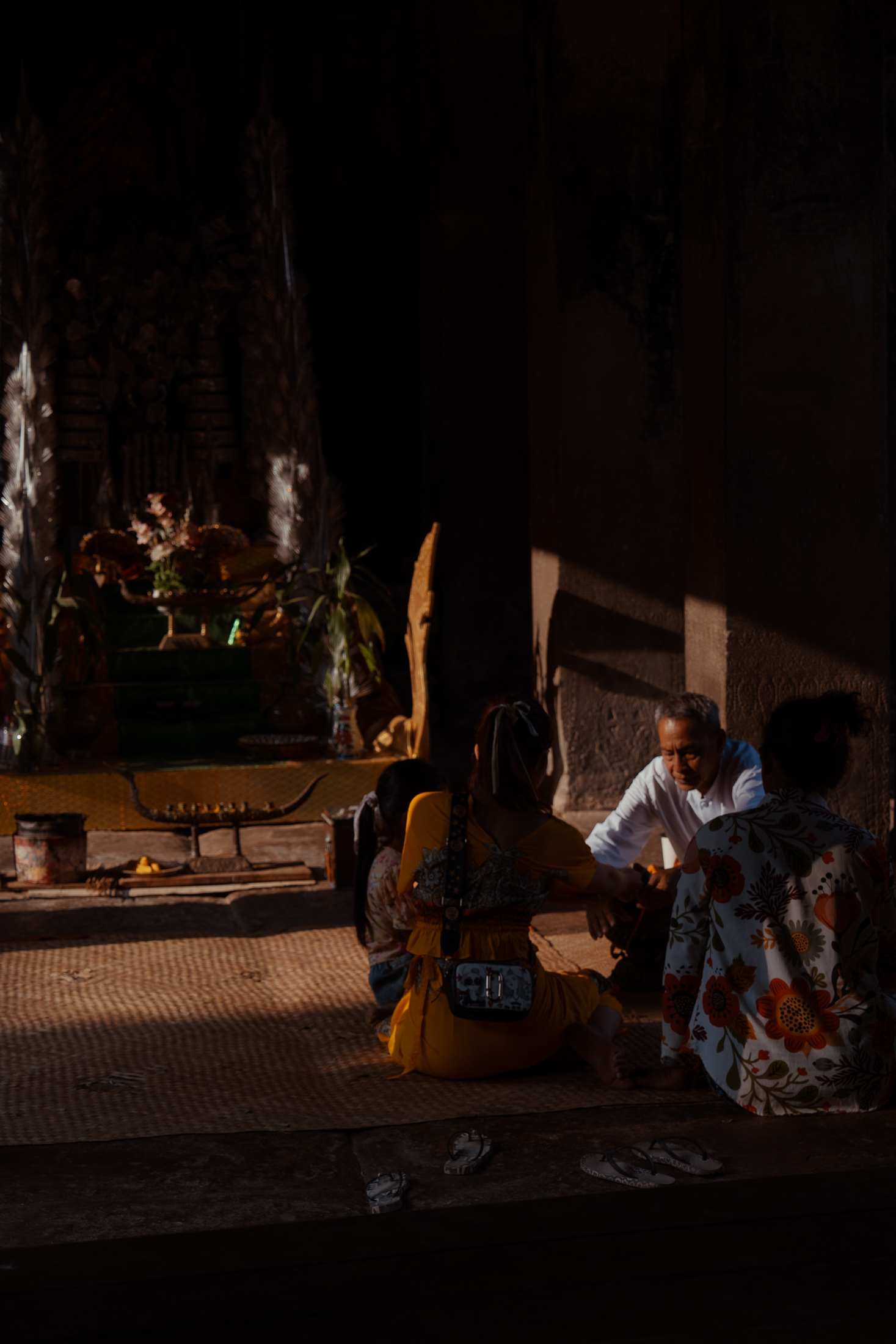
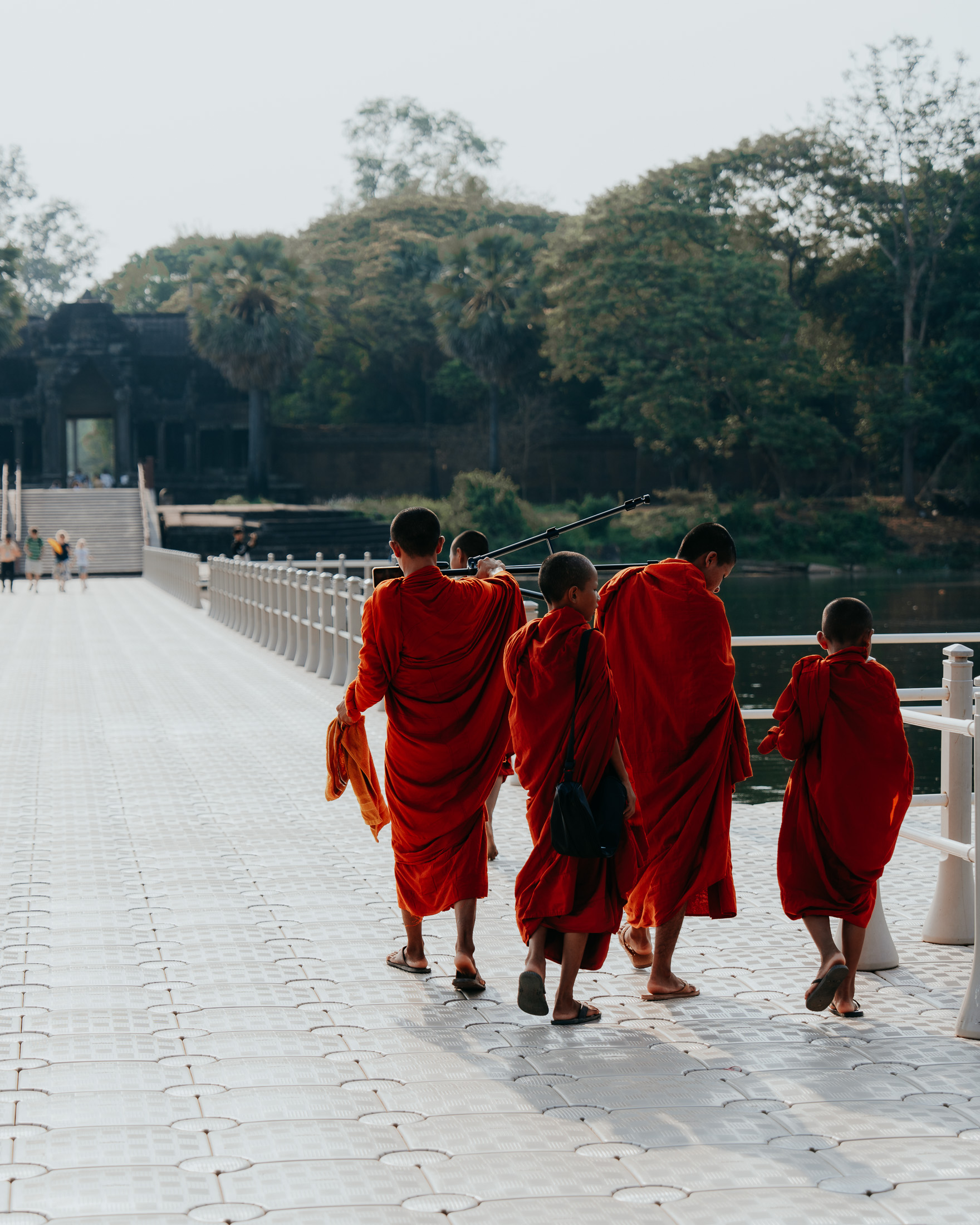
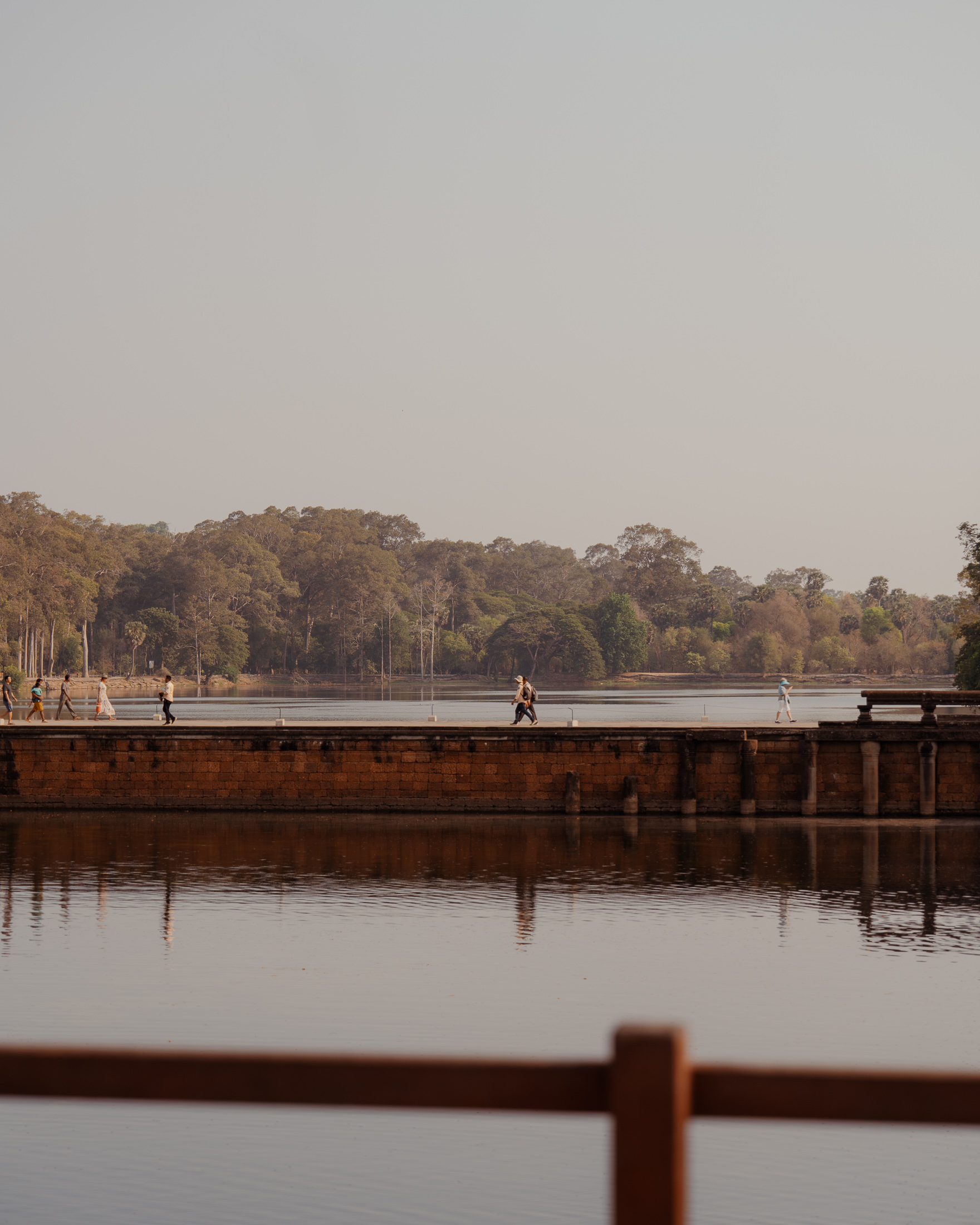

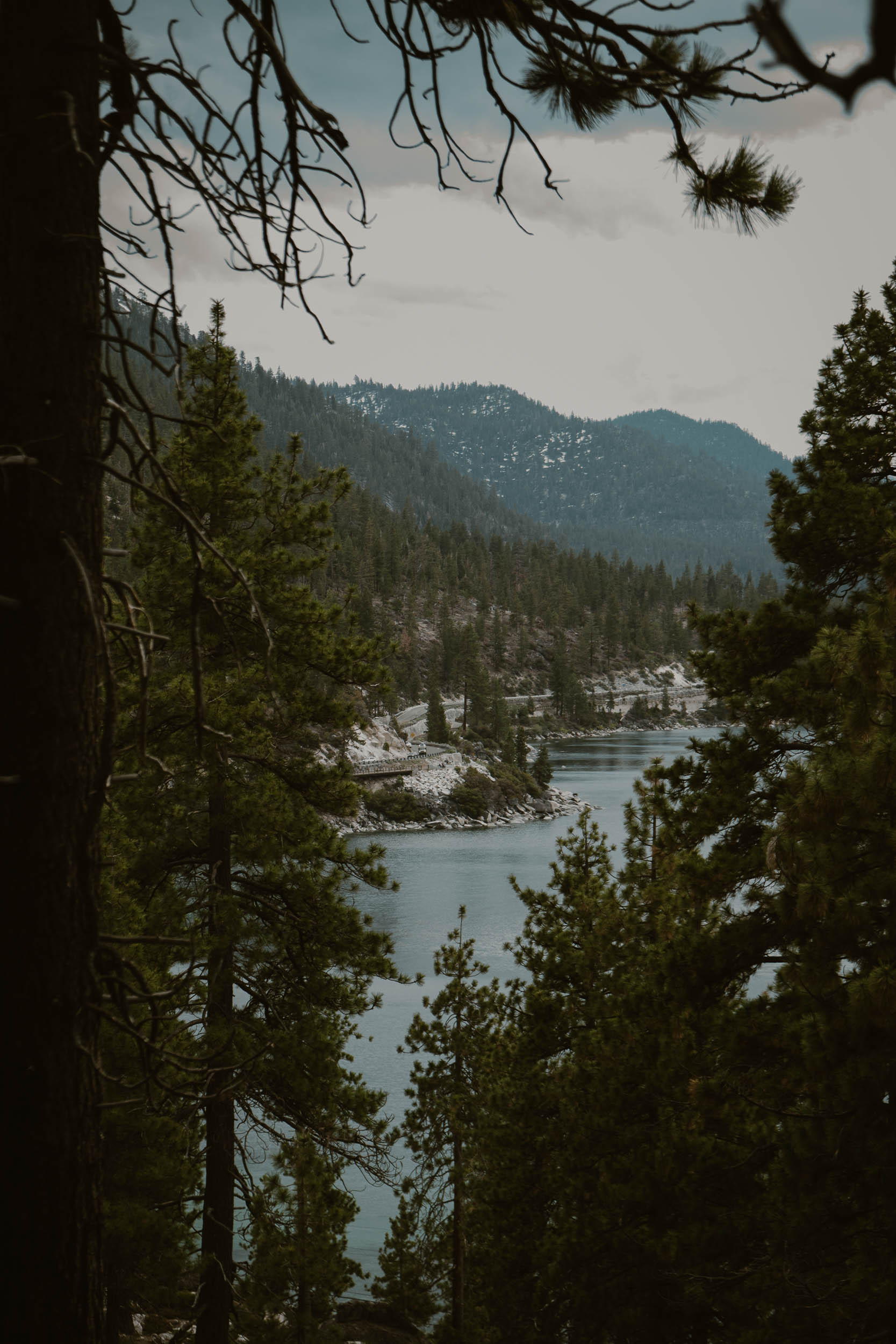
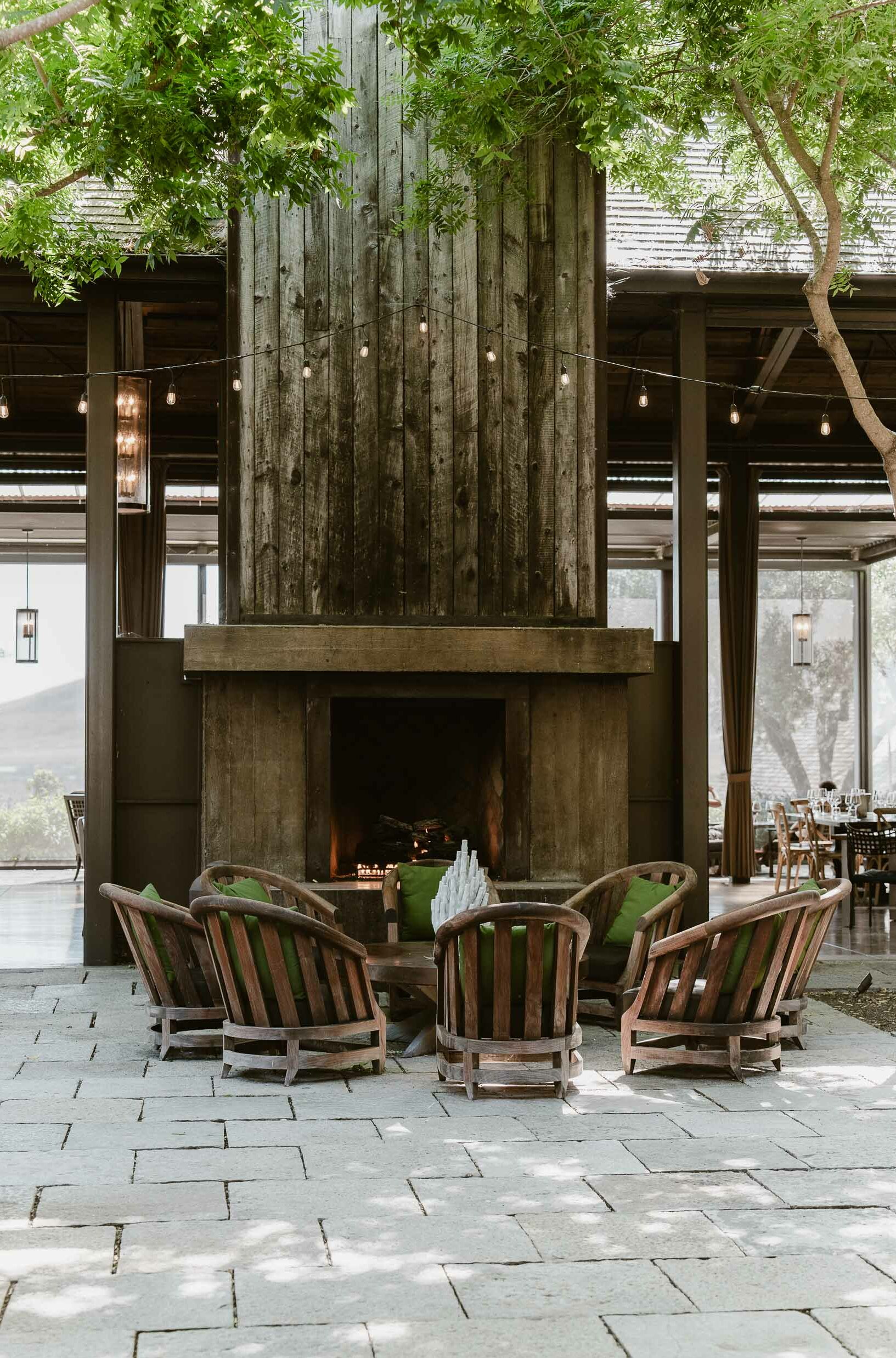
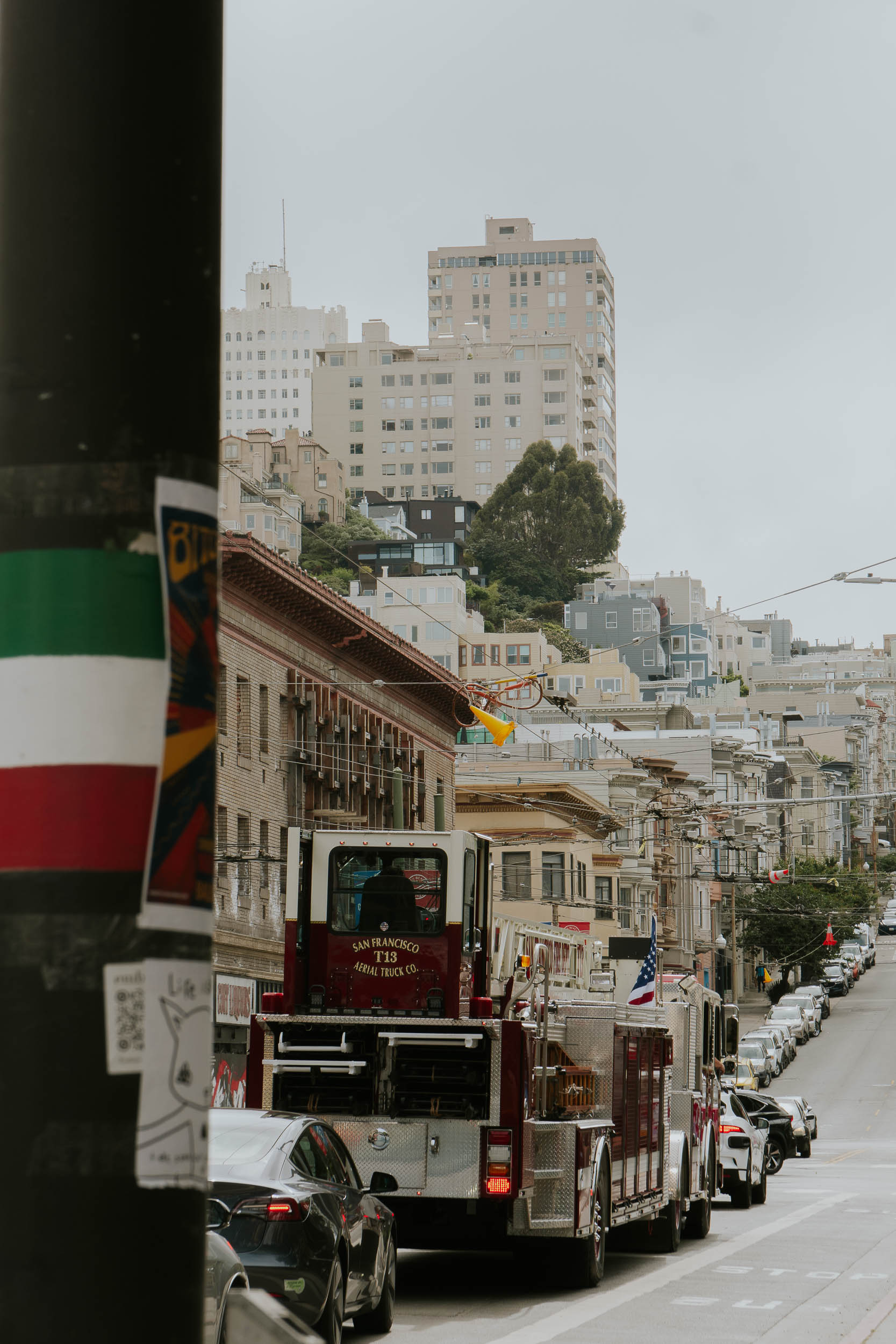
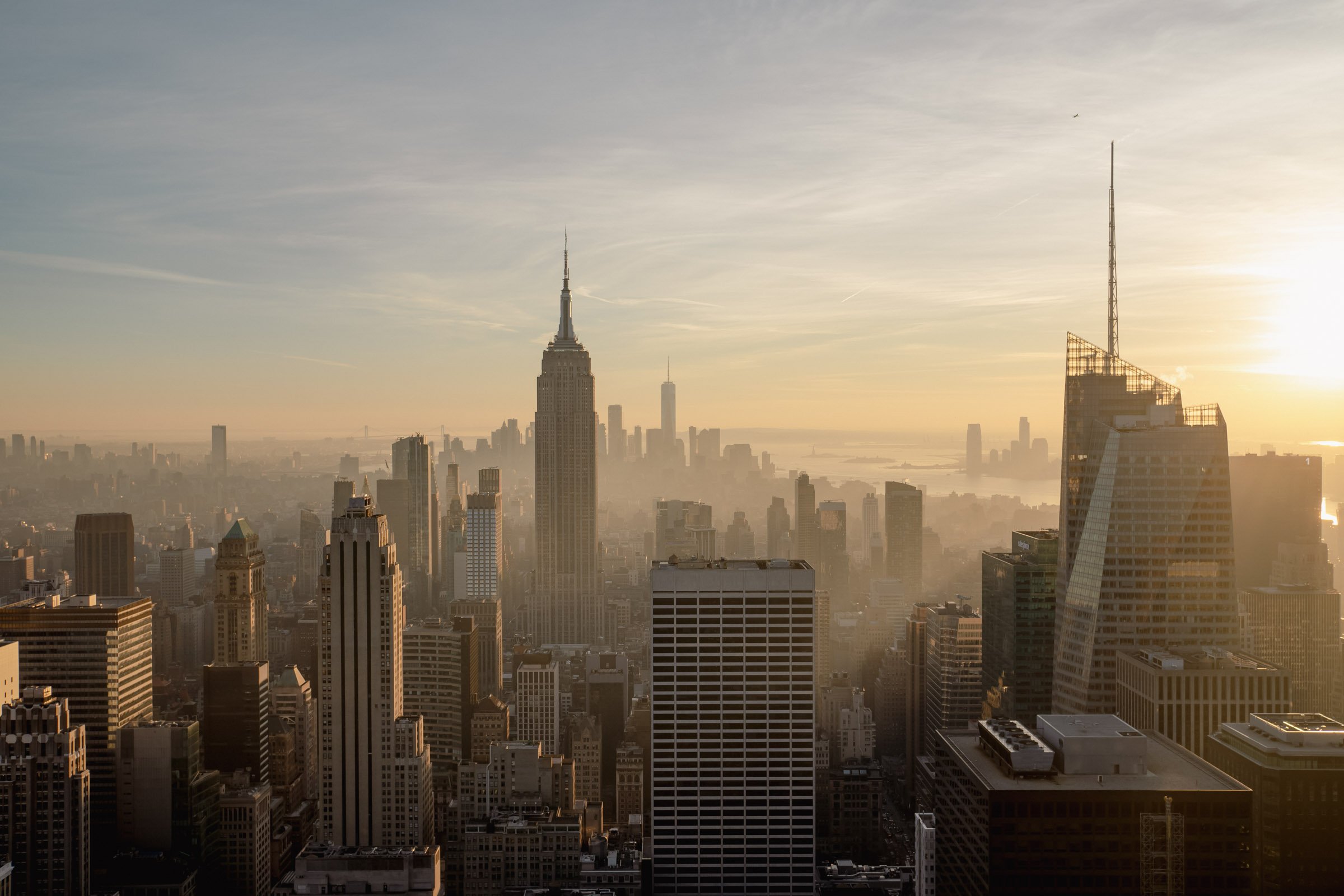

POST COMMENT